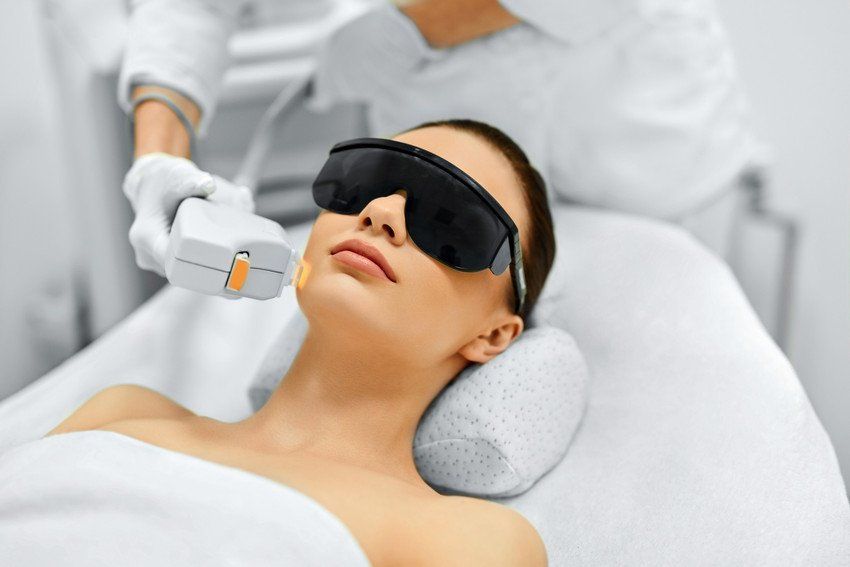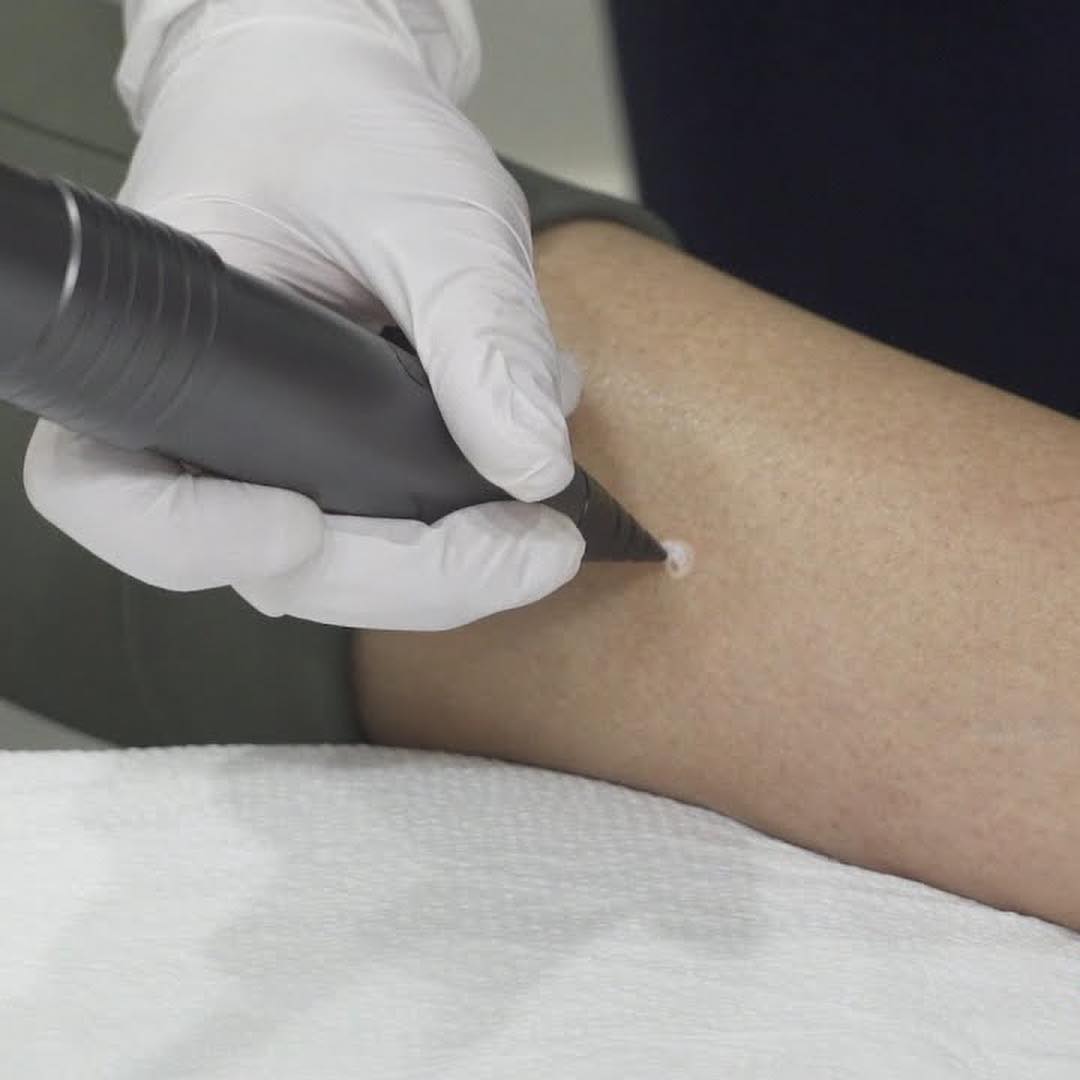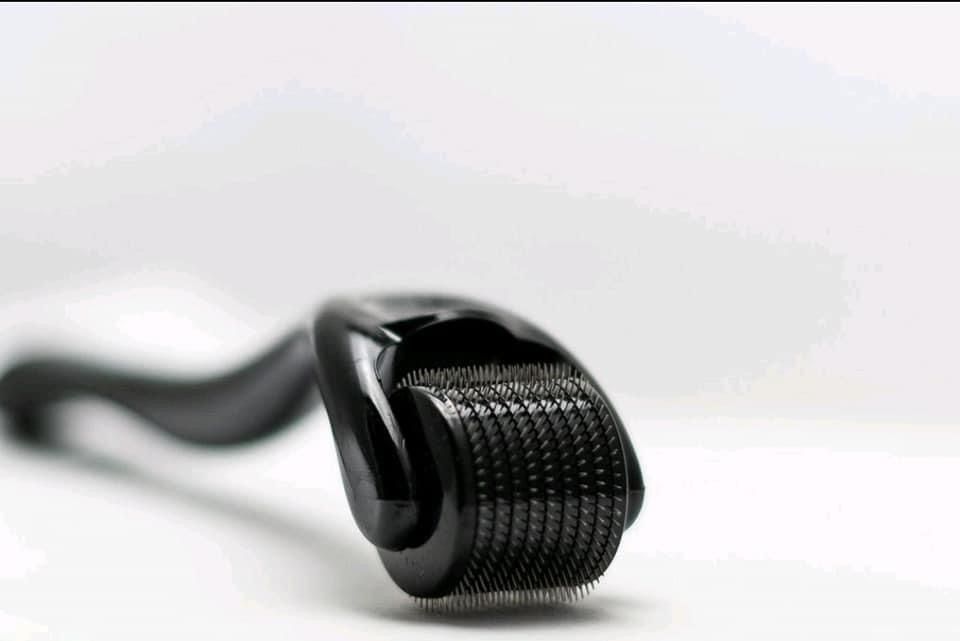Cryotherapy for Skin Tag Removal
Skin tags, medically known as acrochordons, are small, benign growths that often appear on areas of the skin where friction occurs, such as the neck, armpits, eyelids, and under the breasts. These soft, fleshy growths can vary in size, typically measuring a few millimeters to a couple of centimeters in diameter. Though they are harmless and generally do not cause any pain or discomfort, many people seek their removal for cosmetic reasons.
How Do Skin Tags Form?
Skin tags are formed when skin cells multiply and form a small flap of tissue. The exact cause of skin tags is not entirely understood, but several factors may contribute to their development:
1. Friction:Areas of the skin that experience frequent friction or rubbing against clothing or other skin can lead to the formation of skin tags.
2. Genetics: A family history of skin tags may increase the likelihood of developing them.
3. Hormonal Changes:Skin tags are commonly found in pregnant women or people with hormonal imbalances, suggesting that hormones might play a role in their formation.
4. Obesity:Increased weight can lead to skin folds, which may contribute to the occurrence of skin tags.
5. Age:Skin tags are more prevalent in older adults, likely due to the natural aging process of the skin.
What is Cryotherapy?
Cryotherapy is a medical treatment that involves the use of extreme cold to destroy abnormal or diseased tissue. When it comes to skin tag removal, cryotherapy is a popular and effective method. The procedure involves applying liquid nitrogen to the skin tag, which freezes the tissue. This freeze causes the skin tag to die and eventually fall off within a week or two.
How Does Cryotherapy Work for Skin Tag Removal?
1. Consultation: Before the procedure, a healthcare professional will assess the skin tag and determine if cryotherapy is the appropriate treatment.
4. Application of Liquid Nitrogen:A spray device is used to apply liquid nitrogen directly to the skin tag. The extreme cold causes the water in the skin tag's cells to freeze, leading to cell death.
5.. Recovery:After the treatment, the skin tag will typically turn dark and fall off within a few days to two weeks. The surrounding skin may experience some redness and swelling, but these symptoms usually resolve quickly.
Benefits of Cryotherapy for Skin Tag Removal
- Quick and Painless:The procedure is relatively quick, often taking only a few minutes, and most patients report minimal discomfort.
- Minimal Downtime:Cryotherapy does not require any significant recovery time, allowing patients to return to their daily activities almost immediately.
- Effective Results:Cryotherapy is highly effective, with a high success rate in removing skin tags without scarring.
Considerations and Aftercare
While cryotherapy is generally safe, it is essential to consult with a healthcare professional before undergoing the treatment. They can provide guidance on what to expect and how to care for the treated area afterward. Aftercare typically includes keeping the area clean and avoiding sun exposure until it heals.
Conclusion
Cryotherapy is an effective and efficient method for removing skin tags, providing a quick solution for those seeking to enhance their skin's appearance. Understanding what skin tags are and how they form can help demystify this common skin condition. If you're considering skin tag removal, consult with a qualified professional to explore your options and find the best treatment for your needs.











